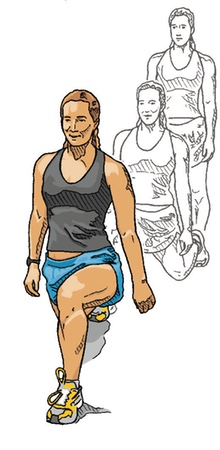By: Ryan Monastra (Senior Physiotherapist/ Director)
A recent British study of more than 80,000 adults concluded that participation in specific sports may keep us alive longer and have a positive impact on public health. The study showed that participation in swimming, cycling, racquet sports and aerobics lowered death rates from all causes, while lowering cardiovascular mortality was observed more in swimming, racquet sports and aerobics. While I’m not going to jump up and down about the specifics, the trend I’m seeing in this (and other literature in the field more recently) is a tilt towards low impact exercise as beneficial. This study found no long term reduction in death rates for running or football. Which is gutting for me as someone who enjoys running and has been actively encouraging my kids towards football.
There’s probably lots of reasons why we see this. But here’s one that I think shines a light on a possible reason for the study findings… Any idea what sports carry the highest injury risk? The general rule is: the higher the impact, the higher the risk. I’d argue that the reason these studies are finding the benefits in lower impact sports like cycling and swimming is because the injury rates in these sports are generally low, and even when injured, in most cases people can still participate. (As an aside, while cycling injury rates are low the severity of those injuries is often high – when you come off at high speed there’s a LOT of impact!) When it comes to long term health benefits, it would appear that consistency is critical. As the Mainland ad’s suggest “good things, take time” and the good to be found in sports is good at a physical level, and a social level and at a psychological level, but it does take time. A flash in the pan 6 week course won’t cut it I’m afraid. So if you’ve made it a resolution to move more and be more active in 2017, make sure your chosen activities are within a range that’s doable for you in the long term. Cheers to your good health!




